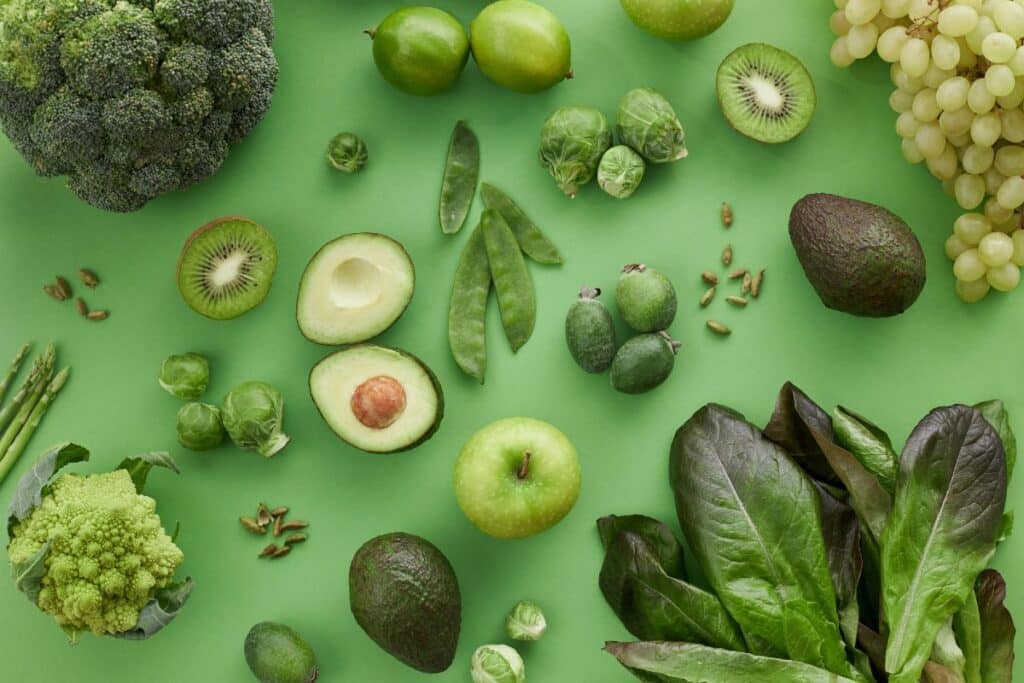Recovery is a vital component of any fitness journey. It’s the time when the body repairs itself, becoming stronger and more adept at the physical demands placed upon it. While protein often takes center stage in recovery discussions, dietary fiber also plays a crucial role. This article delves into the types of dietary fiber and the ideal mix for rest and recovery during your fitness journey.
Understanding Dietary Fiber
Dietary fiber refers to plant-based nutrients that are not digested by gastrointestinal enzymes but still play a vital role in maintaining health. There are two primary types of dietary fiber – soluble and insoluble. Each offers unique benefits and is necessary for different aspects of health and recovery.
Soluble Fiber
Soluble fiber dissolves in water to form a gel-like substance. It can help to:
- Lower blood cholesterol levels
- Regulate blood sugar
- Improve gastrointestinal health
Sources of Soluble Fiber:
- Oats
- Legumes (beans, lentils, peas)
- Nuts and seeds
- Some fruits (such as apples and blueberries)
- Some vegetables (such as carrots and Brussels sprouts)
Insoluble Fiber
Insoluble fiber does not dissolve in water and is left intact as food moves through the gastrointestinal tract. Its benefits include:
- Promoting regular bowel movements
- Alleviating constipation
- Preventing digestive disorders
Sources of Insoluble Fiber:
- Whole grains (such as whole wheat flour and bran)
- Nuts and seeds
- Potatoes with skin
- Green vegetables (such as green beans and zucchini)
The Right Mix for Recovery
During rest and recovery, your body needs a balance of both soluble and insoluble fiber. Soluble fiber can aid in inflammation reduction and help stabilize energy levels through its impact on blood sugar. Insoluble fiber assists in keeping the digestive system healthy and efficient, which is essential for athletes and fitness enthusiasts who need to absorb nutrients effectively.
A good rule of thumb is to aim for a dietary fiber intake of 25 to 30 grams per day from a variety of sources. This ensures that you’re getting a mix of both types of fiber. Here are some tips for incorporating fiber into your recovery diet:
- Start your day with a bowl of oatmeal topped with nuts and fruits.
- Include a serving of vegetables with each meal – the darker and leafier, the better.
- Snack on fruits, vegetables, and nuts rather than processed foods.
- Choose whole-grain products over refined ones.
- Add legumes to your meals a few times a week.
Fiber’s Role in Rest and Recovery
Fiber’s role in rest and recovery extends beyond the digestive system. A high-fiber diet can help with weight management by making you feel full, which can prevent overeating. Moreover, the anti-inflammatory properties of certain types of fiber can aid in muscle recovery and reduce soreness.
Adequate fiber intake ensures that the body’s waste elimination processes are running smoothly, which is particularly important when your body is repairing and building muscle tissue. Without proper waste elimination, toxins can build up in the body, potentially leading to fatigue and decreased performance.
Conclusion
Incorporating the right mix of fiber into your diet is a simple yet effective way to support your body’s rest and recovery processes. By understanding the types of fiber and their benefits, you can make informed choices about the foods you include in your recovery plan. Remember, a balanced diet rich in a variety of nutrients will always be a cornerstone of optimal health and fitness.
Optimizing your intake of dietary fiber is an often-overlooked strategy that can significantly impact your recovery times and overall fitness progress. By ensuring you consume both soluble and insoluble fiber from a range of natural sources, you support your body’s natural healing processes and pave the way for a stronger, healthier you.




Just wish to say your article is as surprising. The clearness in your post is just cool and i could assume you’re an expert on this subject. Fine with your permission allow me to grab your RSS feed to keep updated with forthcoming post. Thanks a million and please keep up the enjoyable work.